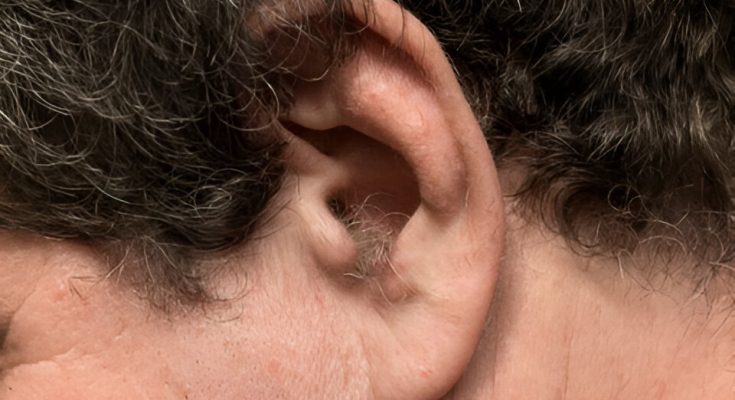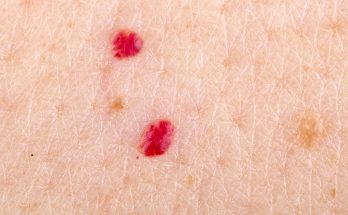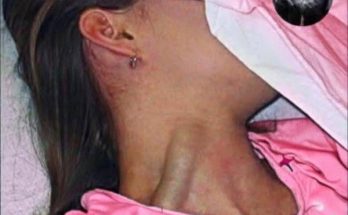Decoding the Mystery of Ear Hair: A Comprehensive Guide
Ear hair. The very phrase might evoke a chuckle or a grimace, depending on your perspective. But this often-overlooked aspect of aging deserves a closer look. This comprehensive guide delves into the science behind ear hair growth, its surprising function, and the various methods available for its management.
The Curious Case of Ear Hair Growth: Why Does it Happen?
The Hormonal Influence
The appearance of those increasingly prominent ear hairs is largely dictated by two key players: hormones and genetics. Dihydrotestosterone (DHT), a potent by-product of testosterone, plays a starring role. As we age, DHT levels often rise, particularly in areas previously sparse in hair growth. This hormonal surge acts as a catalyst, stimulating hair follicles within the ears, leading to the development of thicker, more noticeable hairs. Think of it as a hormonal awakening for those previously dormant follicles!
The Genetic Blueprint
Genetics, however, are equally important. Family history strongly influences ear hair growth. If your relatives sport impressive ear tufts, chances are you’ll inherit the same trait. It’s a hereditary characteristic that frequently emerges in adulthood, proving that some family resemblances run deeper than a shared nose shape.
Auricular Hypertrichosis: Understanding the Term
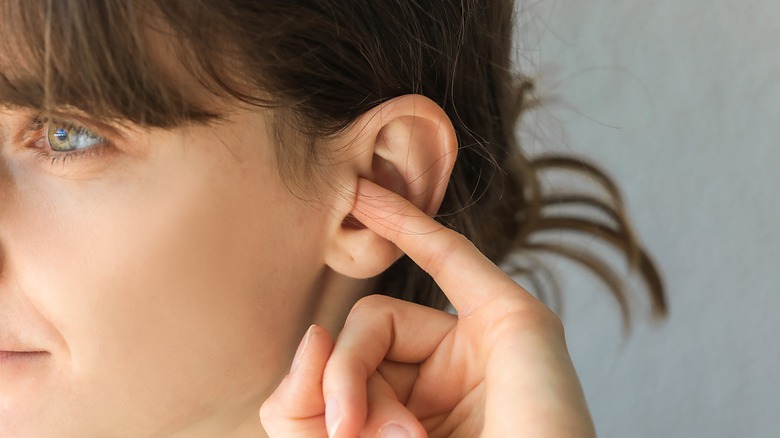
The medical term for excessive ear hair growth is auricular hypertrichosis. While more common in older men, it can also affect younger individuals, particularly those with a family history of the condition. Interestingly, prevalence varies across ethnic groups; individuals of South Asian descent, for example, often experience more significant growth.
Is Ear Hair a Cause for Concern?
The Protective Function of Ear Hair
In most cases, ear hair is completely innocuous. In fact, these tiny hairs serve a vital purpose: they act as a natural filter, preventing dust, insects, and other small debris from entering the delicate ear canal. This natural defense mechanism contributes significantly to ear hygiene and overall ear health – a silent guardian of your auditory system!
When Ear Hair Becomes a Problem
Excessive ear hair can sometimes impede proper ear cleaning, potentially increasing the risk of infection or discomfort. However, it’s crucial to emphasize that ear hair itself isn’t the direct cause of these issues; rather, it’s the compromised hygiene that results from the excessive hair. If you experience pain, unusual discharge, or hearing loss alongside ear hair growth, consult a healthcare professional immediately to rule out any underlying medical conditions. Auricular hypertrichosis, while not inherently dangerous, can be a source of cosmetic concern for some.
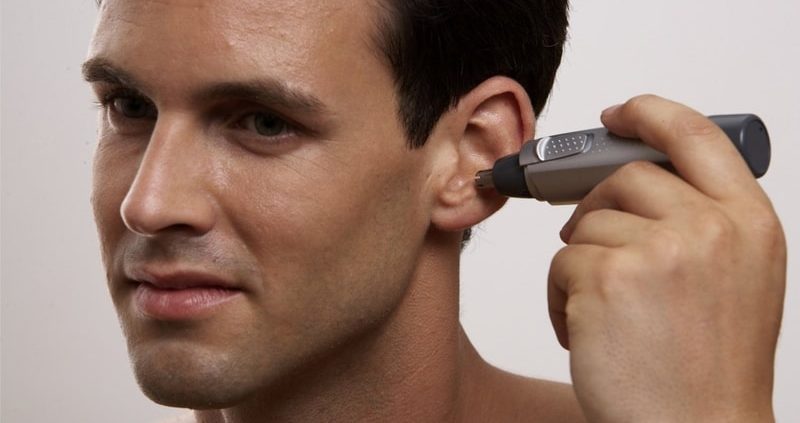
Managing Ear Hair: Your Options
If you desire to manage your ear hair for aesthetic or comfort reasons, several methods exist. It’s crucial to select a method that aligns with your individual needs and preferences.
1. Electric Trimmers: Precision and Ease
Electric trimmers specifically designed for ear hair offer a safe and convenient approach. Gentle on sensitive skin, they quickly and efficiently remove unwanted hair without the risk of cuts or nicks.
2. Laser Hair Removal: A Long-Term Solution
For a more permanent solution, laser hair removal provides long-lasting results. Though requiring multiple sessions and professional administration, it can significantly reduce hair growth over time.
3. Tweezing: Targeted Hair Removal
Tweezing offers a precise method for removing individual hairs. However, this is a more time-consuming approach and may not be ideal for significant ear hair growth.
4. Waxing and Depilatory Creams: Proceed with Caution
Waxing and depilatory creams can effectively remove ear hair, but should be used cautiously due to the sensitivity of the ear skin. Always perform a patch test before application to avoid potential irritation.
Before You Begin: Consult a Professional
Before attempting any hair removal method, consulting a dermatologist or healthcare professional is highly recommended. They can provide tailored advice based on your specific skin and hair type, ensuring you choose the safest and most effective approach.
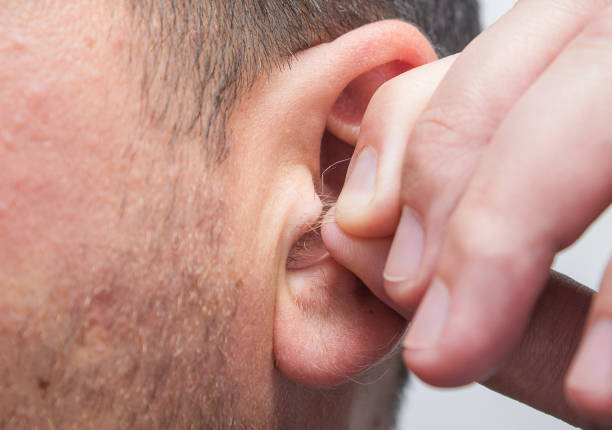
Ear Hair: More Than Meets the Eye
Cultural Perspectives
Interestingly, the perception of ear hair varies across cultures. In some societies, it’s seen as a symbol of wisdom and maturity, a testament to the passage of time and life experience.
Hormonal Shifts and Ethnic Variations
Studies suggest that ear hair growth may be linked to hormonal fluctuations associated with aging. Furthermore, genetic predispositions vary across ethnic groups, leading to differing levels of ear hair growth.
Conclusion: Embracing the Natural
Ear hair, while often overlooked, has a biological purpose and plays a protective role. Generally, it’s not cause for alarm unless it interferes with ear hygiene or causes discomfort. Understanding its causes and available management options allows for informed decision-making, ensuring you feel confident and comfortable with your unique characteristics. Ultimately, ear hair is a normal aspect of the aging process, and the choice to manage or embrace it rests entirely with you.
